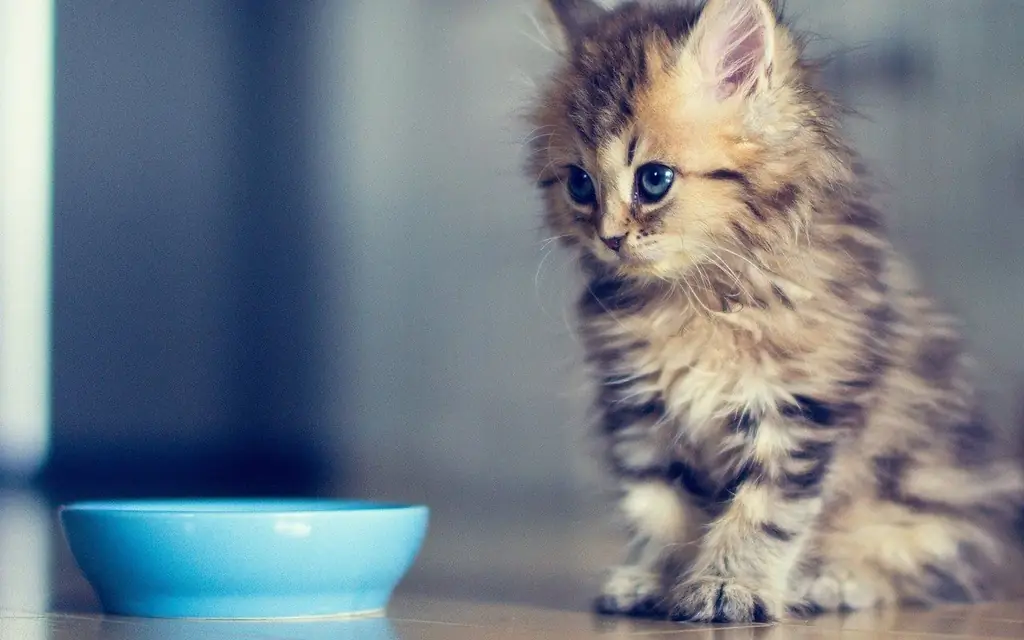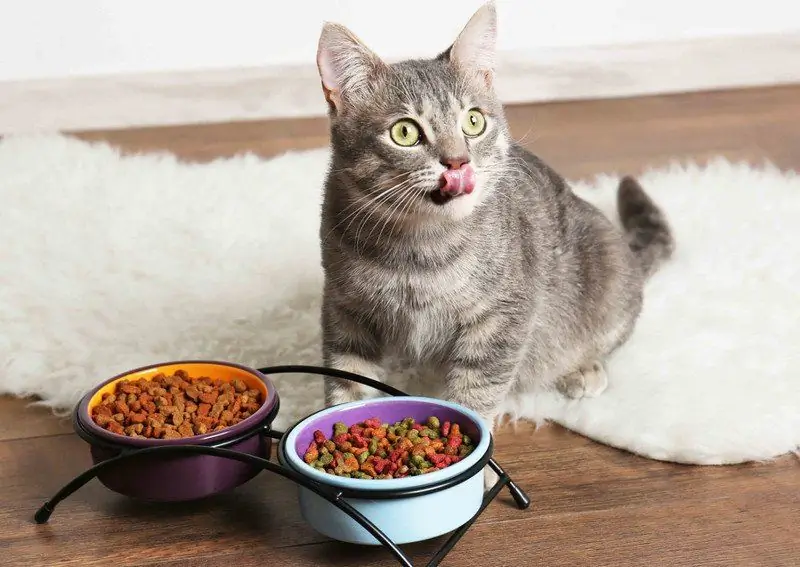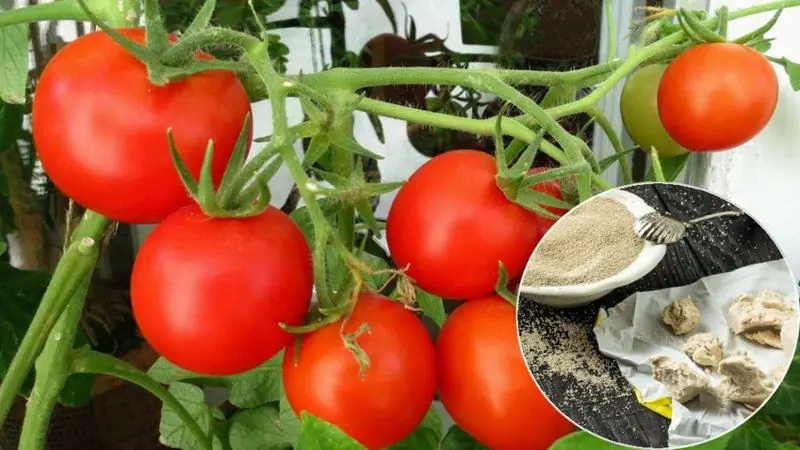
Table of contents:
- Author Bailey Albertson [email protected].
- Public 2023-12-17 12:53.
- Last modified 2025-01-23 12:41.
Pepper grows by leaps and bounds: the most budgetary top dressing

Bell pepper is not the easiest crop to grow. Besides heat and moisture, it also requires a lot of nutrients. In addition to traditional fertilizers, pepper is often fed with folk remedies, including ordinary baker's yeast.
Why and when you need to feed peppers with yeast
Yeast is an organic substance that contains many beneficial compounds, including proteins, amino acids, and various trace elements. It is important that yeast contains a beneficial fungus that can activate the growth of many vegetable crops, reduce the stress of a change of residence when planting seedlings, and improve the quality of fruits. Adding yeast to the peppers allows them to develop immunity to fight possible diseases.

Yeast is a living substance containing many useful substances
Adding yeast to a pepper bed is justified three times per season:
- during disembarkation of seedlings;
- during the flowering period;
- during the growth of the fruit.
However, yeast feeding is sometimes used while growing seedlings. By the appearance of plants, it is difficult to predict how much they need the substances contained in yeast at the moment, therefore, feeding is of a preventive nature. Yeast can be buried in the soil or fertilized in liquid form, after dissolving them in warm water. If, when planting, it is convenient to simply place a grain of fertilizer in each hole, then the next two dressings are carried out by watering the plants with the prepared composition. In the greenhouse, they try to carry out top dressing on cloudy days, in unprotected soil - in the warm morning hours.
How to use yeast to feed pepper
As with any medicine, when using yeast to feed peppers, it is important to know when to stop: an excess of organic, in fact, live fertilizer can be harmful. You can use both raw and dry (fast-acting) yeast, but in any case the product should not be expired. If yeast is good for the kitchen, it is good for top dressing too. When preparing solutions, water is used with a temperature of 30 … 40 o C. It is not necessary to carry out simultaneous feeding with yeast and mineral fertilizers, but a number of mixed formulations are still used.

If the gardener has never used yeast dressings, it is better to experiment with small amounts first.
Individual yeast solutions or mixtures thereof with other components can be prepared in the following ways.
- 1 kg of raw yeast is diluted in 7 liters of warm water, allowed to stand for an hour in a warm place. The solution is diluted tenfold before use. This recipe is great when used during flowering.
- In 10 liters of water, 100 g of raw yeast (or 20 g of dry) and 500 g of sugar are dissolved. Allow to wander for three days, given the almost double increase in the volume of the solution. Before use, dilute ten times, apply at the beginning of fruit growth.
- A bucket of solution is prepared from 100 g of yeast and 100 g of sugar, as well as an infusion of ash (1 liter of sifted ash in 10 liters of water). Allow to stand for 1-2 days. The working solution is prepared by taking a liter of each individual solution in a bucket of water. This mixture can be used both during flowering and during the period of intensive fruit growth.
Under each bush, depending on its age, pour from 0.5 to 2 liters of working solution. More than three dressings per season are not required. However, many experts believe that combining yeast with ash is not the best way out; it would be better to dilute these dressings in time for at least a week. But combining yeast with cut grass is a very good option. To do this, put a bucket of weeds, a little unusable bread and 500 g of yeast, previously diluted in a small amount of water, into a large barrel. The barrel is poured with water and allowed to wander for several days. Then the resulting solution is diluted several times with water and poured over the peppers.
Video: preparing yeast feeding
Reviews about feeding pepper with yeast
The use of yeast as a top dressing for pepper increases its immunity and facilitates the growth of bushes, improves the quality of the fruit. Feeding is carried out three times per season, sometimes combining it with other folk remedies.
Recommended:
The Better To Feed A Kitten: Natural Food, Ready-made Dry And Wet Food, What Foods You Can And Cannot, Feeding Rules, How Many Times A Day

Kitten feeding rules. Veterinarian recommendations. Features for every age. Prohibited and permitted products, prepared feed. Feed reviews
Is It Possible To Feed A Cat Only Dry Food: Basic Rules Of Feeding, How To Give The Product Correctly, Advice From Veterinarians

What can be dangerous dry food. How to keep your pet safe when eating ready-made rations. Basic rules for feeding granulated foods
Feeding Seedlings With Yeast At Home: Recipes And Reviews

How yeast works in the soil, how it enriches it. Cons of yeast feeding. Application rules. Recipes and dosages. Video. Yeast feeding reviews
Feeding Tomatoes And Cucumbers With Yeast: Effective Recipes And Reviews

The use of yeast for garden crops, the need for feeding. Fertilization scheme, dosage, recipes for dressings for cucumbers and tomatoes. Gardeners reviews
How To Feed Tomatoes With Iodine: Feeding Times And Reviews

What is iodine for when growing tomatoes. How to properly prepare a solution, when and how to feed tomatoes
